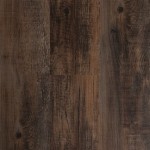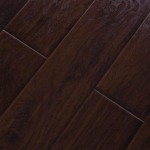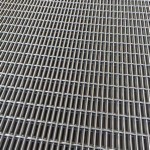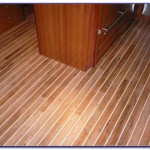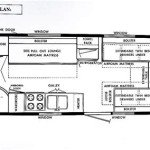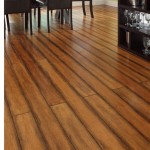Engineered Hardwood Flooring On Stairs: Essential Considerations
Engineered hardwood flooring has gained popularity in recent years for its durability, versatility, and aesthetic appeal. Its unique construction, which comprises a veneer of real hardwood laid over a plywood or HDF (high-density fiberboard) core, makes it an ideal choice for high-traffic areas, including stairs.
When installing engineered hardwood flooring on stairs, there are several essential aspects to consider to ensure a safe, visually appealing, and long-lasting installation. These factors include:
1. Stair Tread Compatibility
Engineered hardwood flooring can be installed directly onto existing stair treads or installed over plywood subflooring that has been fitted over the treads. It's important to ensure compatibility between the engineered hardwood flooring and the treads to avoid any issues with unevenness or gaps.
2. Tread Thickness
The thickness of the engineered hardwood flooring plays a crucial role in the overall stability of the stairs. A minimum thickness of 3/8 inch (9.5 mm) is generally recommended for stair treads to withstand wear and tear.
3. Installation Technique
Engineered hardwood flooring can be installed on stairs using either a floating or a nail-down method. Floating installation involves attaching the flooring planks to each other using a tongue-and-groove system, while nail-down installation involves securing the planks directly to the subfloor using nails or screws.
4. Nosing
Nosing is the beveled edge of the stair treads that extends over the edge of the step below. It provides a smooth transition between treads and helps prevent tripping hazards. Nosing can be pre-attached to the engineered hardwood flooring or installed separately.
5. Stair Risers
Stair risers are the vertical components of stairs that connect the treads. They can be made from various materials, including matching engineered hardwood flooring, plywood, or drywall. The choice of material and installation technique depends on aesthetic preferences and structural requirements.
6. Safety Features
For added safety, anti-slip treads or treads with a textured surface can be used on stairs installed with engineered hardwood flooring. Additionally, installing a handrail or banister provides extra support and stability.
7. Maintenance
Regular maintenance is essential to keep engineered hardwood flooring on stairs looking its best. Sweeping, vacuuming, and occasional damp mopping help remove dirt and debris. Scuffs and scratches can be repaired using touch-up kits specifically designed for engineered hardwood flooring.
By carefully considering these essential aspects, homeowners can ensure that their engineered hardwood flooring on stairs is not only visually stunning but also safe and durable for years to come.

You Want To Install Hardwood On Stairs Reallyfloors America S Est Flooring

Engineered Timber Stair Nosings In Holzbau Industries

Cladding A Staircase With Engineered Wood Flooring And Beyond Blog

Engineered Wood Flooring Up Close With Mikasa Staircase Solution Blog By

How To Install Wood Flooring On Stairs Esb

Can I Used Engineer Hardwood Floors On Rounded Stairs Doityourself Com Community Forums

5 Engineered Wood Based Staircase Designs To Consider Mikasa Real Floors Blog

Can You Put Hardwood Flooring On Stairs Ll

How To Make Stair Treads With Prefinished Flooring And Floormade Nosing Rw Supply Design

How To Clad A Staircase Esb Flooring


